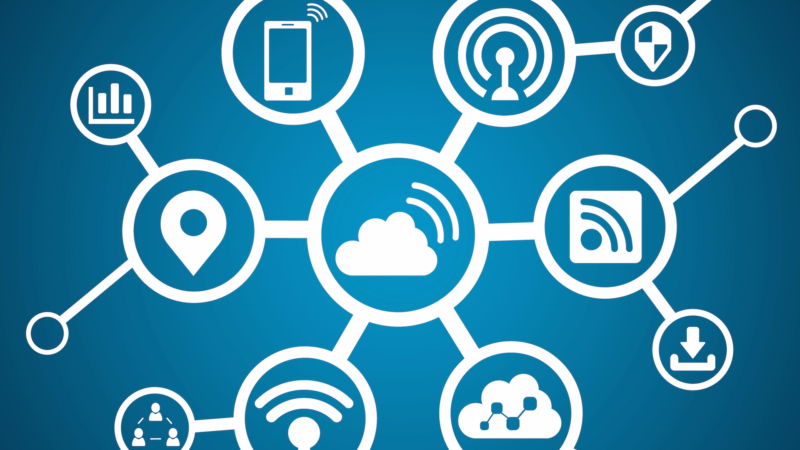Salesforce: The Internet Of Things Will Merge Product Experience With Customer Experience
Marketing Cloud CEO Scott McCorkle also says his company’s new IOT Cloud will help drive the blending of B2B with B2C.
The Internet of Things (IoT) can help marketers move beyond predicting or reacting to customer behavior. Instead, it can blur product experience with customer experience — so that having a product, using a product and dealing with its company become a continuum.
That’s a key takeaway from a discussion I had recently with Scott McCorkle, CEO of Salesforce’s Marketing Cloud. I wanted to understand what his company’s newly announced IoT Cloud could mean for marketers and customers, beyond just more data from everywhere.
The new Salesforce Cloud is not only designed to process all those signals marketers currently monitor — such as social media posts, website visits and in-store digital interactions with point-of-purchase — but also signals emanating from essentially anything that could benefit from a transmitting sensor.
Thermostats that understand your temperature patterns, toasters that know how how dark each family member likes a bagel, cars that drive themselves the way you like or watches that monitor you for any signals of ill-health. All of these devices, and countless more, would be pumping their data streams into some cloud, possibly Salesforce’s.
Essentially, data streams from the Internet of Things are like Web browser cookies for the real world. They know all about where you are and where you’ve been.
Some of these data streams — signals to and from your car, for instance — will become two-way channels to inform marketers, and possibly to provide new avenues for marketing messages.
In other words, forget that this is a multi-channel world. It’s becoming an infinite-channel world.
If that sounds like a time when you might have to walk around practically wearing an ad blocker against everything all the time, McCorkle pointed to another much more useful employment of the Internet of Things.
It’s the ability for providers to boost your experience of their product or service without your having to ask them.
He recalled recently ordering a book from Amazon, but it didn’t show up on the expected day. Without his needing to query, the giant retailer sent him an email to say the book had been damaged in shipment and it was sending another.
“I didn’t have to engage Amazon,” he noted, because that company tracked the book and its condition on the way to a customer.
“That’s what’s powerful about Fitbit and Uber,” he said, referring to the smart athletic wrist band and the app-managed car service. “There’s no difference between the product and the experience.”
I asked him whether this sensor-in-everything new world sounded scary.
“Marketers have had a decades-long challenge of avoiding being scary” with digital media, he said. “And, I pointed out, there’s now pushback to the overflow of digital ads and data tracking.”
“We like it when the store knows my preferences,” McCorkle noted, adding that customers will welcome the presence of monitoring sensors as long as they add value.
The Law of One
The IoT data will also enable customer profiles on steroids, where companies’ collected view of you could include, for instance, your average house temperature and your regular toast preferences.
McCorkle noted that his company’s signature product — customer relationship management (CRM) — could be transformed by the boom in channels and profile-defining signals. It’s a new level of mass personalization he has described as the Law of One.
There will still be someone with a headset answering phones in a contact center, still a sales rep making calls, and still a marketer planning campaigns. But McCorkle believes they will be more directly connected so they can create “customer outcomes” — the sum of the experiences that a company wants the customer to have.
“What’s now sales, services, and marketing goes away,” he predicted, or at least becomes less distinct.
For the marketer, he said, it means that the kind of personal attention common in B2B relationships — where sales and marketing people are familiar with the personalities of individuals in their accounts — will become more commonplace in B2C, even when millions of customers are involved.
Depending on the CRM, a profile of you may now be oriented toward your buying history and similar transactional or demographic dimensions. With IoT signals from what you use, that profile could become a personality.
So when seen as a customer outcome, getting a book from Amazon is not just about how you liked reading the book.
It’s about getting the book from Amazon, reading it, keeping it or giving it away, exploring or buying some things because of what you read and finding and getting the next book. And the Internet of Things gives companies the means to keep you happy along the way.
Opinions expressed in this article are those of the guest author and not necessarily MarTech. Staff authors are listed here.
Related stories

